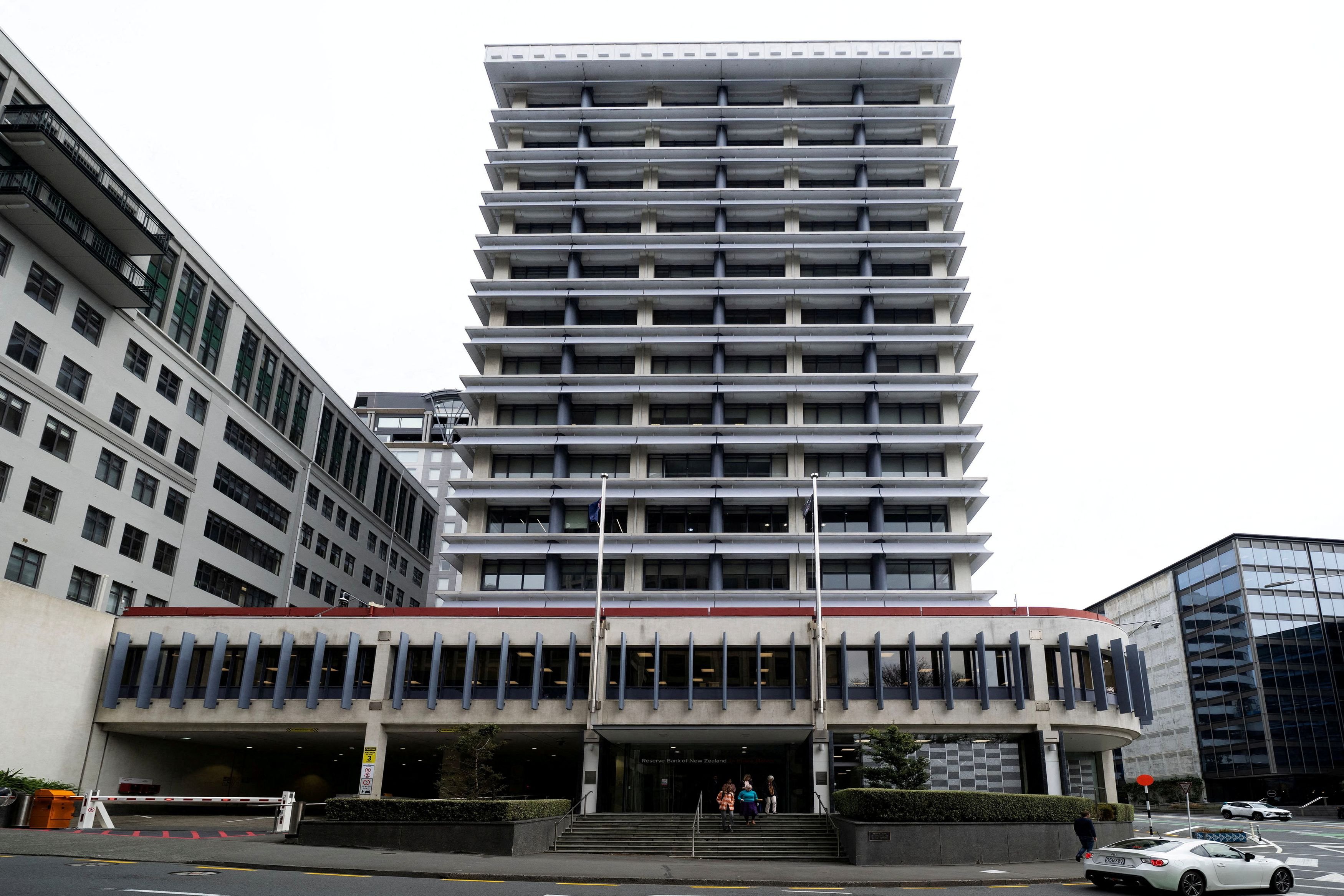
That the Bank would reduce the OCR, the crucial mechanism which banks use to set their interest rates, had been well and truly foreshadowed: the only mystery was whether it would deliver the gentle nudge of a 25-point drop, or try to give the economy an almighty shove with a 50-point drop.
It opted for the latter, a decision which sends mixed signals about how New Zealand’s economy is performing.
The Reserve Bank has an exclusive mandate to keep inflation within a 1-3% band; the current rate of inflation is 2.7% and it has been creeping slowly up in recent months; the bank warned it could crest 3% in the next quarter.
However, that has been in line with economic forecasts, which have also predicted it will fall back toward 2% in the new year.
Conventional wisdom is that OCR cuts have the potential to be inflationary: the resulting fall in interest rates mean that homeowners have more to spend, and increased demand drives up prices.
The Reserve Bank’s monetary policy committee will have factored that in; it has seemingly come to the conclusion that Kiwi households, which have been in belt-tightening mode for months if not years, will largely remain prudent and save or pay down debt with their addition to their weekly income, rather than head to the mall.

The OCR drop has been timed for when many are making summer holiday plans, and the year’s final OCR announcement will be on November 26, shortly before the Christmas shopping spree and summer holidays.
Another drop is widely expected then, although economists believe it will likely be more of a bump than a push.
What the bank, and for that matter the government, wants to see is signs of economic growth — green shoots which signal economic health.
New Zealand’s GDP stats have swung wildly in the past year, from 0.9% growth in one quarter to a 0.9% decline the next. Much of this is driven by factors beyond the country’s control, most notably the smoke and mirrors game being played by US President Donald Trump over trade tariffs.
The GDP drop coincided with a 1% fall in business investment: this was the very last thing that the government wanted to happen, especially given the centrepiece of its Budget was a tax break for companies to invest in new plant.
Manufacturing and exports were also on the slide, suggesting that either the impact of the tax credit has not been felt yet, or that firms remain nervous about opening their chequebooks. The government will be desperately hoping falling interest rates may nudge them into action, with a commensurate increase in growth.
There is no doubt that New Zealand has been through tough economic times; normally chipper Finance Minister Nicola Willis had to soberly admit as much to Parliament this week, saying that "the road to recovery is not always smooth". For many households it will feel like they have been bouncing along a rutted and unsealed road in a two-wheel-drive vehicle for months now.
But there may be hope on the horizon. The Reserve Bank has a new predictive tool, "Kiwi-GDP", which projects possible GDP figures for the next two quarters,
Last Friday its modelling predicted a return to economic growth in the September quarter; the subsequent quarter growth will be slower, but at least it predicts growth, not economic contraction.
Overall, the bank’s monetary policy committee decided that inflation could be contained at or close to 3%, and that a clear signal needed to be sent that the bank supported consumption and investment.
It is all very well for the Reserve Bank to say that, but businesses battling to sell their goods and households struggling to afford a block of butter are likely to take some persuading of that.












